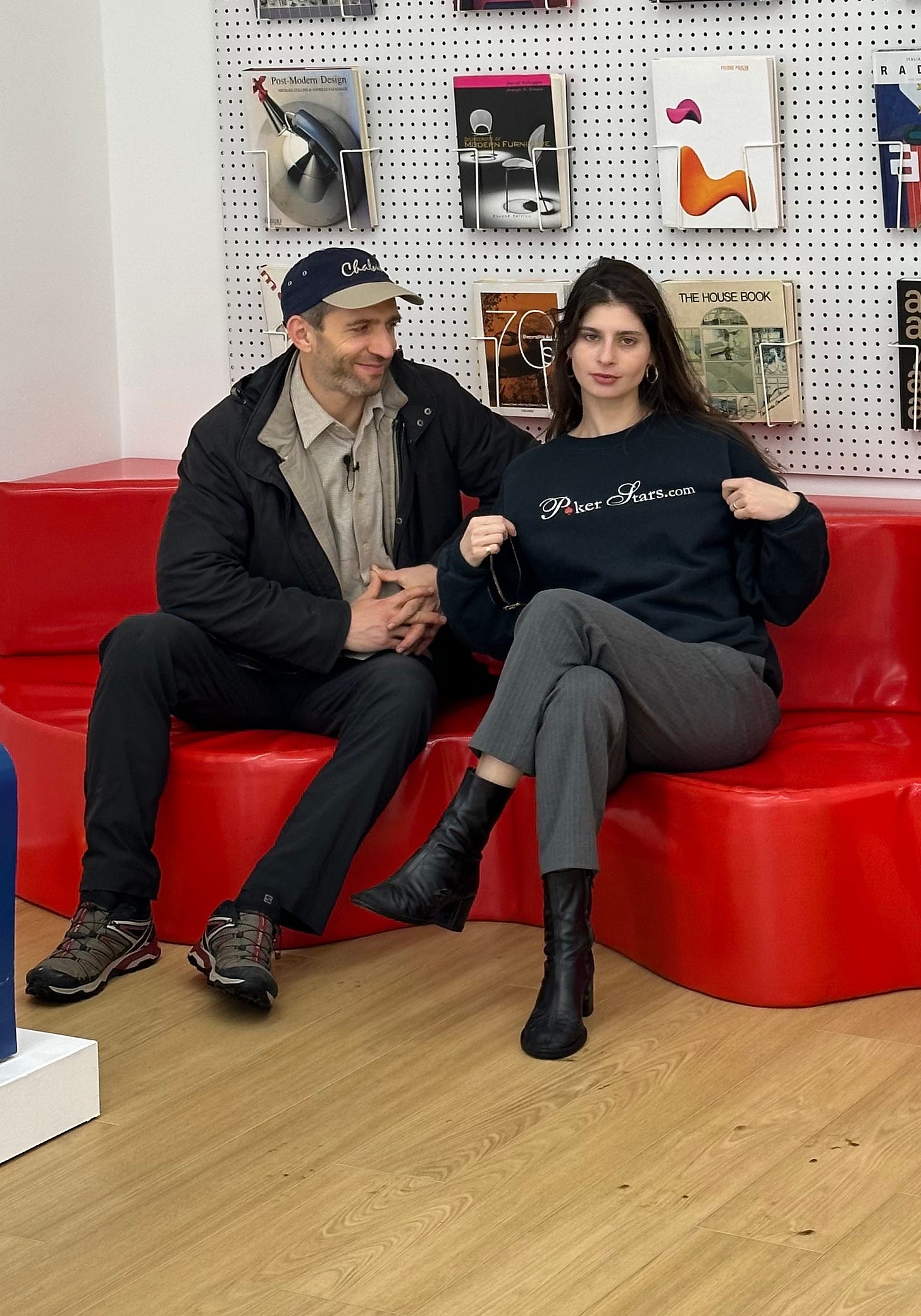Time, Not Money, Is the Greatest Casualty of Bad Shopping Habits
What I learned from Max and our epic closet cleanse.

We are selling Max’s NEVERWORNS at Colbo at 51 Orchard Street THIS SUNDAY at 11am. I’ve been wearing his full looks all week and in the photo above…so ladies, come by! If you are new to the story of Max, go to my story archives on Instagram. PS. I wrote this Substack on the road with…




